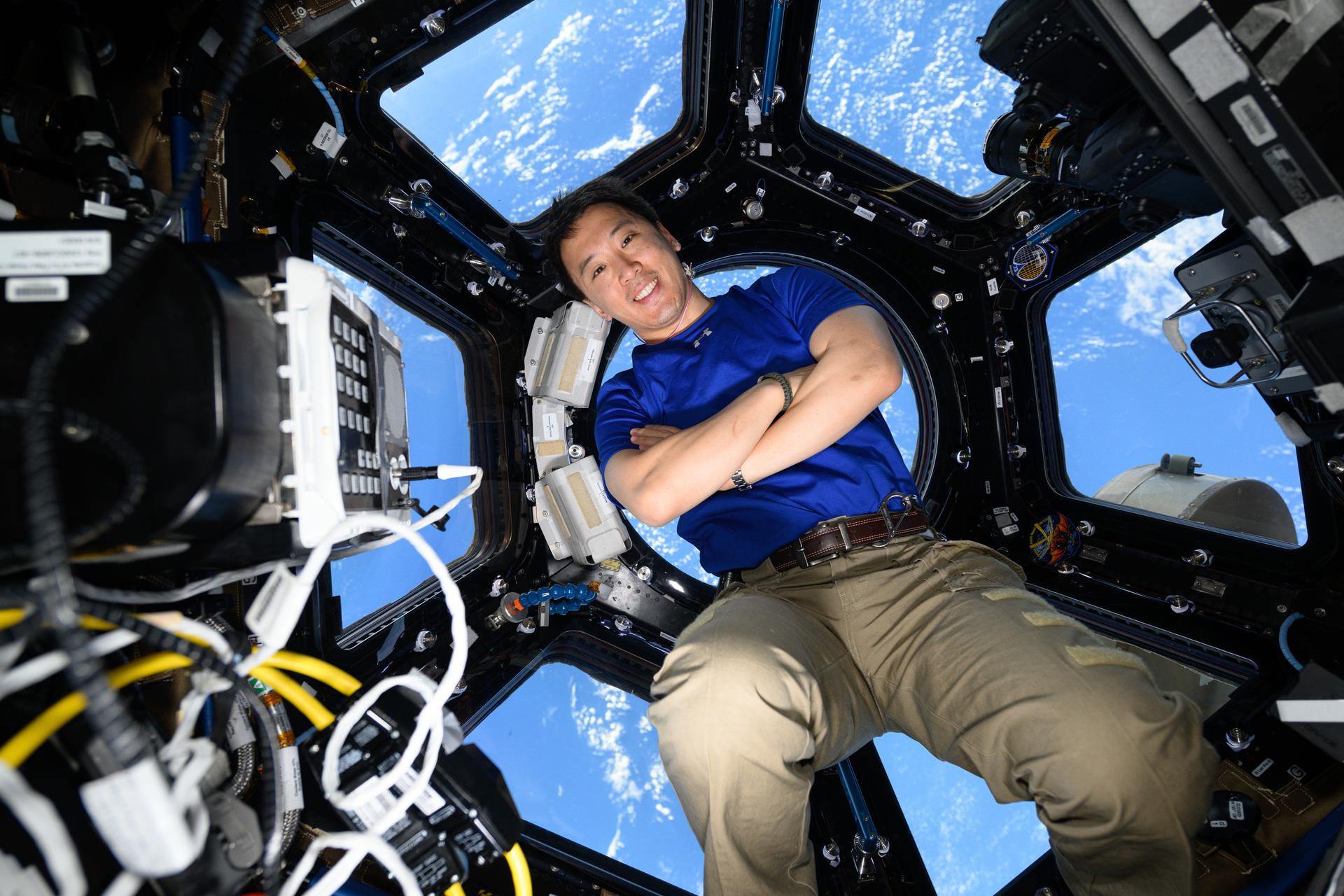from NASA Breaking News http://ift.tt/1rAooJj
via IFTTT
It's active. It's passive. And it's got a big, spinning lasso.
NASA's Dawn spacecraft has entered an approach phase in which it will continue to close in on Ceres, a Texas-sized dwarf planet never before visited by a spacecraft.
A NASA-led study suggests that tropical forests absorb more carbon dioxide than scientists thought. That means, if left undisturbed, the tropical trees should be able to continue reducing the rate of global warming.
Gecko-inspired grippers might one day help service satellites and collect orbital debris.
The famous Horsehead nebula takes on a ghostly appearance in this newly released image from NASA's Spitzer Space Telescope.
NASA's planet-hunting Kepler spacecraft makes a comeback with the discovery of the first exoplanet found using its new mission -- K2.
A new study suggests that the thin, hot gas around Jupiter's moon Europa does not show evidence of plume activity occurring in 2001, when NASA's Cassini spacecraft flew past.
The first global maps of atmospheric carbon dioxide from NASA's new Orbiting Carbon Observatory-2 mission demonstrate its performance and promise.
The "tsunami wave" that NASA's Voyager 1 spacecraft began experiencing earlier this year is still propagating outward, according to new results
High-resolution geological mapping based on images from NASA's Mars Reconnaissance Orbiter suggests lakes and "marsquakes" were part of the vast Valles Marineris canyon system.
Persistent computer resets and "amnesia" events that have occurred after reformatting the flash memory on the Opportunity rover have prompted a shift to a working mode that avoids the flash data-storage system.
New color maps of Saturn's major icy moons demonstrate how much NASA's Cassini mission has changed our view of the Saturn system since the Voyager era.
You may know opals as fiery gemstones, but something special called OPALS is floating above us in space.
An innovative robot developed at JPL will perform several disaster-relief tasks in next year's DARPA Robotics Challenge finals.
Observations by NASA's Curiosity Rover indicate Mars' Mount Sharp was built by sediments deposited in a large lake bed over tens of millions of years.
The Dawn spacecraft has delivered a glimpse of Ceres, the largest body in the main asteroid belt, in a new image taken 740,000 miles (1.2 million kilometers) from the dwarf planet.
Twenty teams of students from Southern California middle and high schools, plus seven JPL teams, competed in the JPL Invention Challenge, called "Keep It Moving."
One galaxy devoured remnants of another galaxy, quenching the formation of new stars.
Four miniature rovers will go head-to-head this week at JPL as community college students get a first-hand look at what it's like to work on a robotic space mission.
NASA will host a media teleconference at 9 a.m. PST (noon EST) Monday, Dec. 8, to discuss geological observations made by NASA's Mars rover Curiosity.
A new NASA study concludes that stars aren't all that dusty -- a step forward to finding planets that might harbor life.
A comprehensive, 21-year analysis of the fastest-melting region of Antarctica has found that the melt rate of glaciers there has tripled during the last decade.
NASA is considering issuing a challenge for developing stratospheric airships that can break records for duration of flight at high altitudes.
The Committee on Space Research (COSPAR), an international scientific organization, will have its 2018 meeting in Pasadena, California, hosted by Caltech and supported by JPL.
The initial descent of the Rosetta mission's comet lander Philae was captured in a 3D image and in sound by instruments aboard the spacecraft.
At one of the world's deepest undersea hydrothermal vents, tiny shrimp are piled on top of each other, layer upon layer, crawling on rock chimneys that spew hot water.
Jim Watzin has been named the new director for NASA's Mars Exploration Program at NASA Headquarters in Washington.
Scientists have produced a new version of what is perhaps NASA's best view of Jupiter's ice-covered moon, Europa.
New research from JPL could have implications for transmitting information securely, including communications between Earth and spacecraft.
Weather -- rain, heat and wind -- affects the moisture in soil that allows plants to grow. How does soil moisture influence weather in return?
Images from NASA's Dawn Mission have been used to create a series of high-resolution geological maps of the large asteroid Vesta, revealing the variety of surface features in unprecedented detail.
NASA's InSight mission has begun its assembly, test and launch operations phase, on track for a March 2016 launch to Mars.
A new map from NASA's Near Earth Object Program reveals that small asteroids frequently enter and disintegrate in Earth's atmosphere with random distribution around the globe.
The Rosetta mission's Philae comet lander bounced off the surface twice before coming to rest on the surface. Many of its science instruments have already sent back data.
We've seen early images of comet 67P, and now we're able to "hear it sing," thanks to instruments on the European Space Agency's Rosetta spacecraft.
European Space Agency's Rosetta mission will attempt to land on a comet tomorrow, Nov. 12.
The ruddy color of Jupiter's Great Red Spot is likely a product of simple chemicals being broken apart by sunlight in the planet's upper atmosphere, according to a new analysis of data from NASA's Cassini mission.
NASA astronaut Jonny Kim poses inside the International Space Station’s cupola as it orbits 265 miles above the Indian Ocean near Madag...
